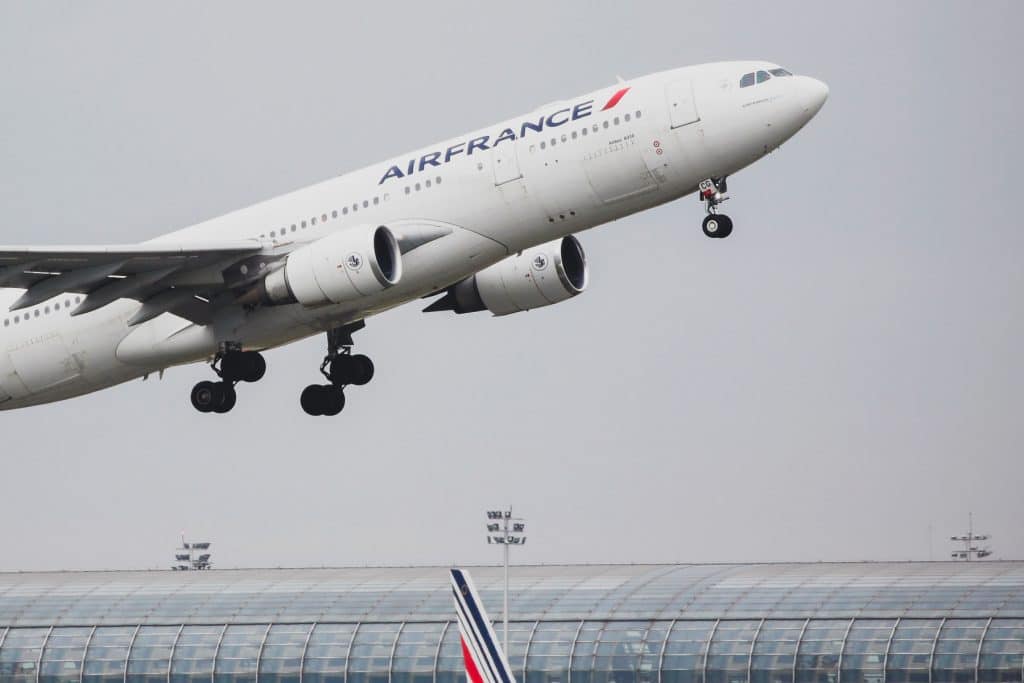Air France–KLM, the global airline conglomerate comprising Air France, KLM Royal Dutch Airlines, and Transavia, has emerged as the leading consumer of sustainable aviation fuel for the second year in a row.
Air France-KLM led the global market in sustainable aviation fuel (SAF) usage in 2022, utilizing 17 percent of the world’s total supply, compared with just three percent of total conventional airline fuel. It doubled that over the last year, according to the group’s latest sustainability report, using more than 80,000 metric tons. To achieve its goal of a minimum of ten percent SAF consumption by 2030, the airline group has forged numerous agreements with fuel producers.
SAF plays a pivotal role in reducing the carbon footprint of aviation, capable of cutting down carbon dioxide emissions by up to 75 percent. Produced from diverse sources such as waste oils, fats, green and municipal waste, and non-food crops, SAF is available in several forms. Among these, the hydrotreated esters and fatty acids (HEFA) method is the most prevalent. This process involves refining biological feedstock to eliminate carbon and oxygen double bonds, resulting in a blendable fuel compatible with standard jet fuel. SAF can also be synthetically manufactured by combining carbon, sourced from captured carbon dioxide, with green or low-carbon hydrogen produced through renewable or nuclear-powered water electrolysis.

Crucially, SAF can be used in current aircraft models without necessitating any changes to engines or infrastructure. In a groundbreaking move, KLM Royal Dutch operated the first-ever commercial flight using synthetic kerosene derived from carbon dioxide and water in 2021, highlighting the potential of these innovative fuels.
The rise in air travel over the past 50 years has led to a 176 percent increase in carbon dioxide emissions in the aviation sector. If unchecked, aviation’s share in global carbon emissions could reach 20 percent by 2050. SAF consumption remains low in the broader context, accounting for less than 0.1 percent of the 300 million tons of fuel used in commercial aviation in 2022. Addressing this, the European Union’s ReFuelEU initiative mandates a gradual increase in SAF use, setting a 6 percent target by 2030. The first obligatory milestone is a two percent green fuel blend in 2025, with ambitions to reach 70 percent by 2050.
Air France–KLM, however, sets its sights higher, aiming to incorporate at least ten percent SAF by 2030 and slash carbon emissions by 30 percent per passenger kilometer from 2019 levels. Despite SAF’s cost, which is four to eight times higher than conventional kerosene, the airline group is actively stimulating the supply chain through long-term contracts with producers and suppliers across Europe, North, and South America. It has also made direct investments in production capacities and established two strategic partnerships.
Related on Ethos:


